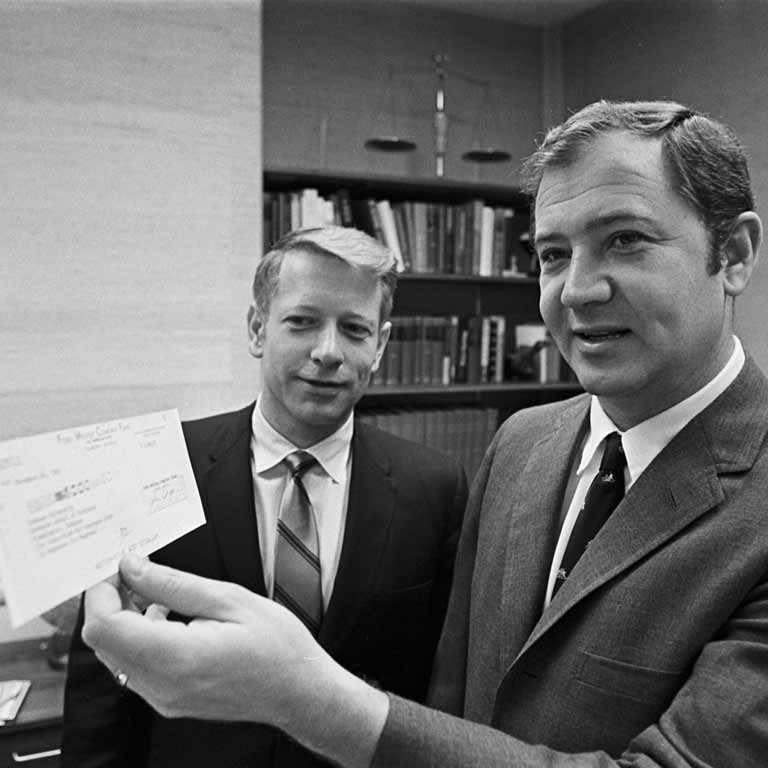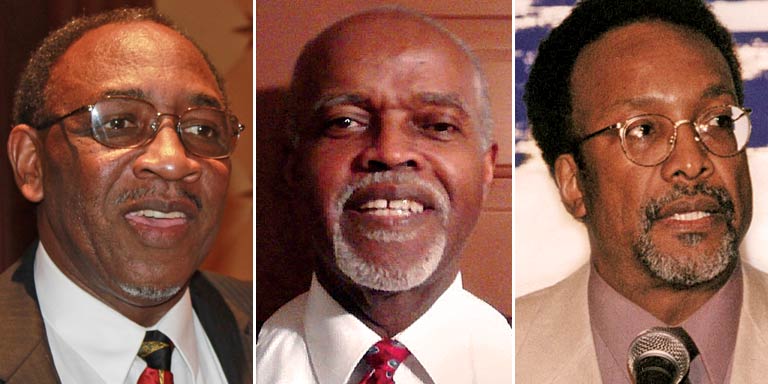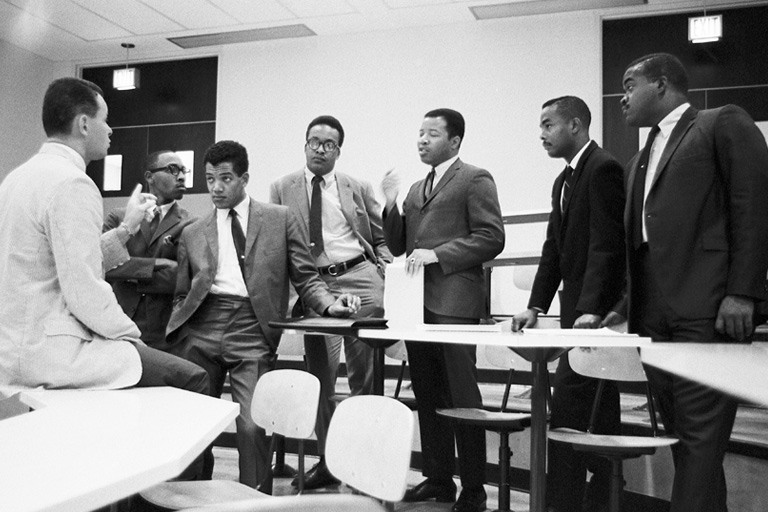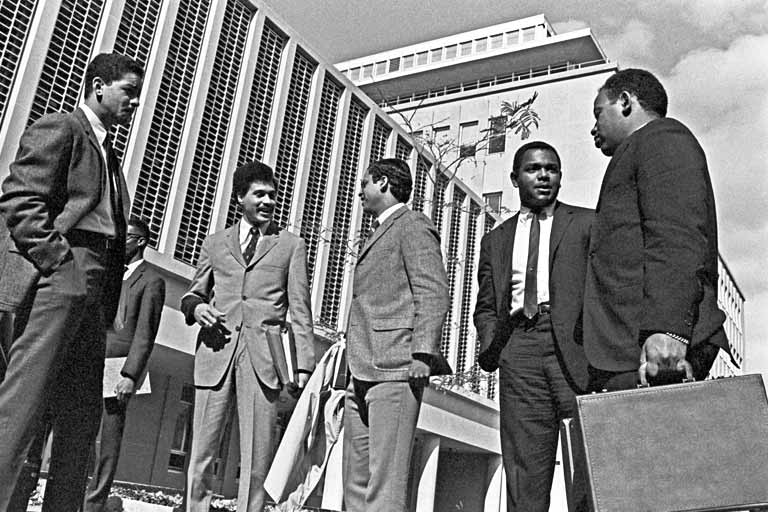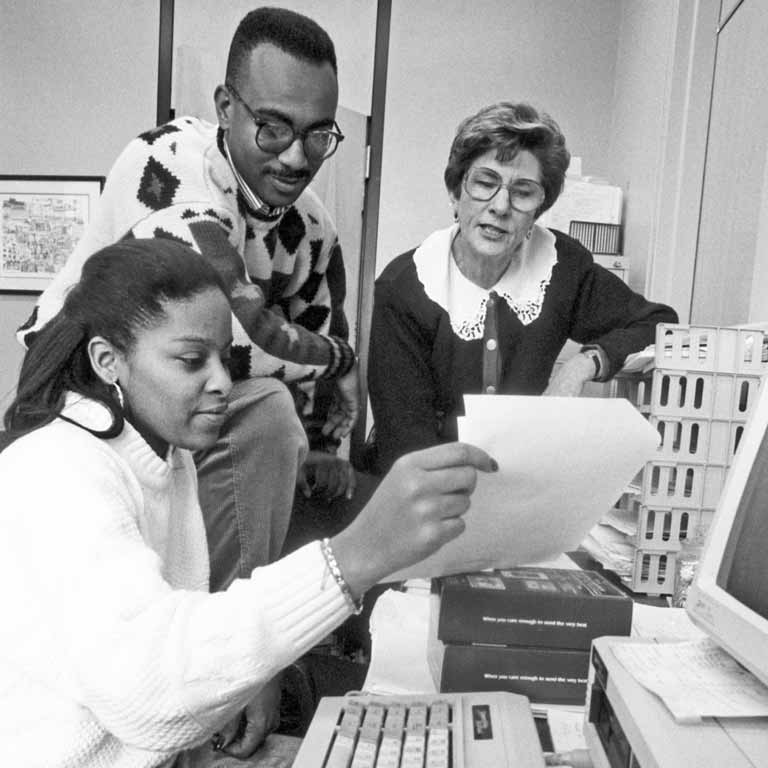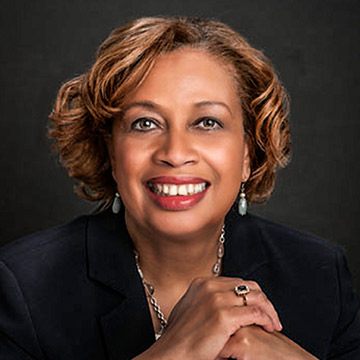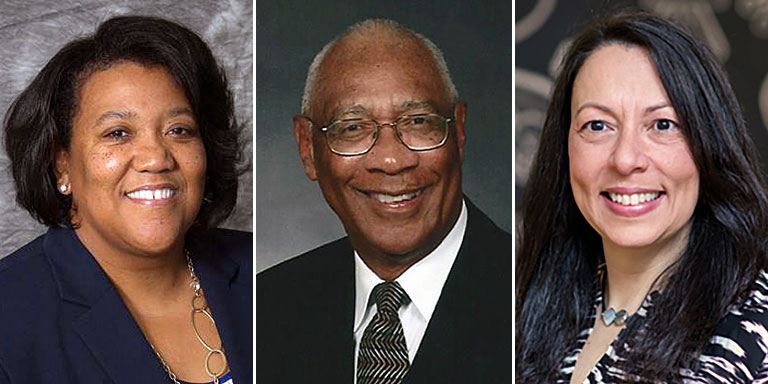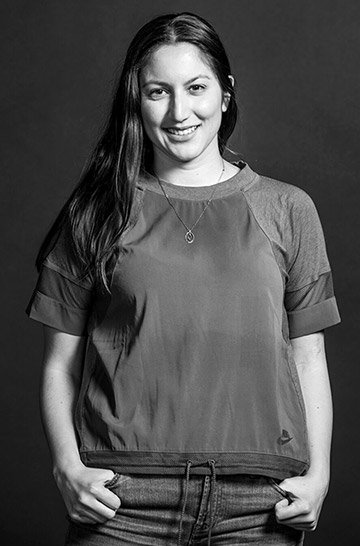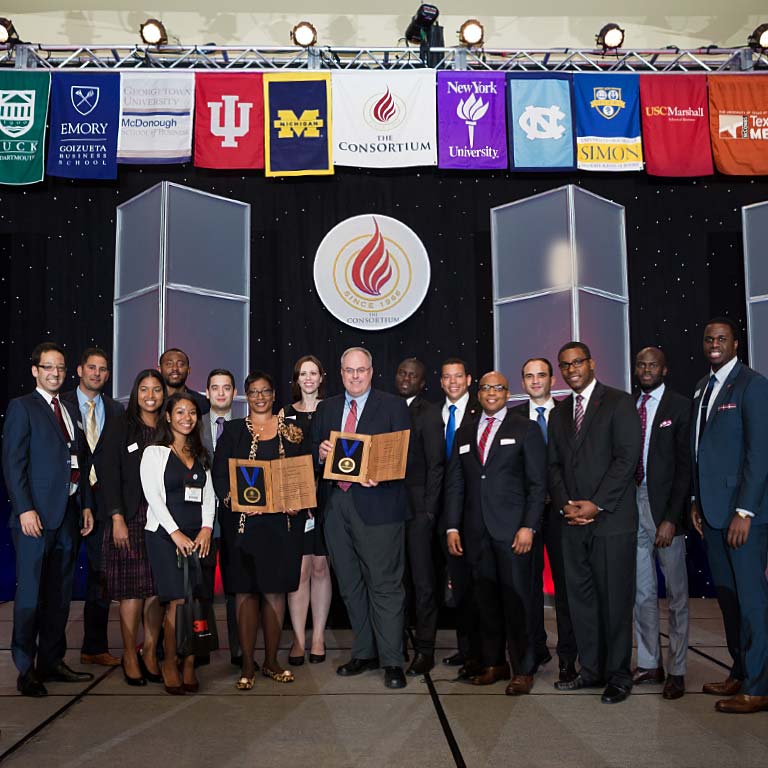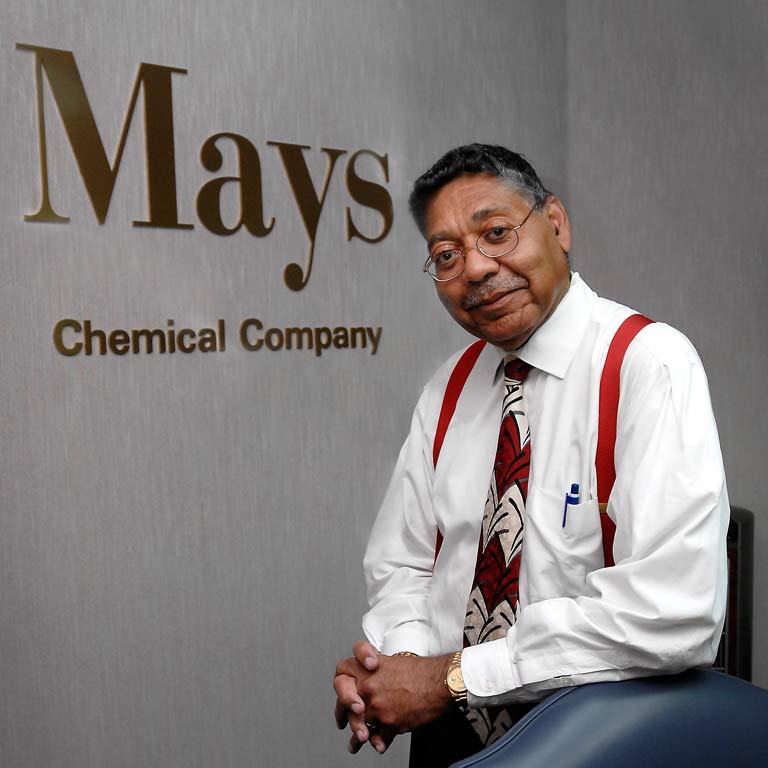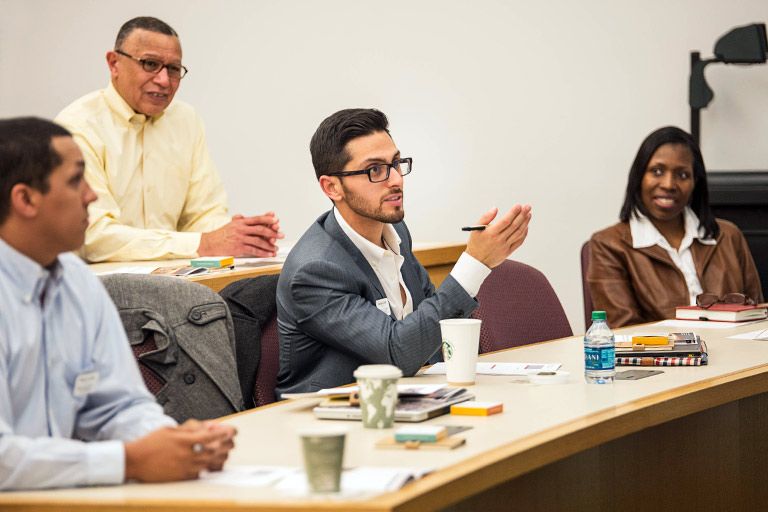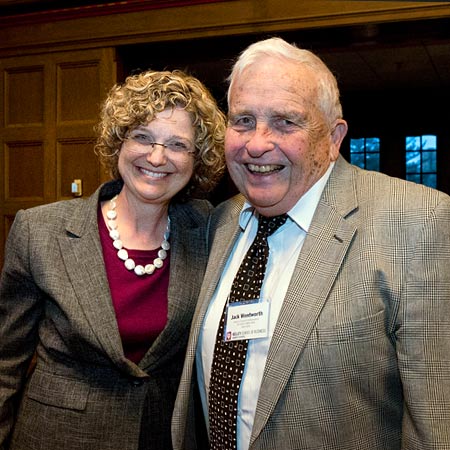“Never daunted, we cannot falter; In the battle, we’re tried and true.”—“Indiana, Our Indiana.”
In 1965, as professors in the Indiana University School of Business worked intensely to restructure degree requirements for its MBA, another faculty effort was underway that would soon change the face of the program.
The restructuring was seen as necessary to make the Master of Business Administration program more rigorous and better prepare future graduates to address issues posed by an expanding economy.
But while the school—today known as the IU Kelley School of Business—was retooling a degree that would later prepare alumni to reach the top of companies such as Ford, Whirlpool and Dow, another program was being created that aimed to provide African-Americans with the same opportunities.
The IU Kelley School is one of three founding members of the Consortium for Graduate Study in Management, which marked its 50th anniversary in 2016. Activities in Bloomington celebrated IU’s legacy in a program that has encouraged more than 10,000 men and women of color to earn a graduate business degree since 1966.
This includes more than 930 African-Americans, Latinos and Native Americans who have earned Kelley MBAs with support from the Consortium.
“I’m very proud that the Kelley School was one of the original three founding members of the Consortium,” said Idalene “Idie” Kesner, the school’s current dean. “The Consortium has grown and so has Kelley, and the program remains a very important part of our Kelley community.”
Kelley alumni of the Consortium for Graduate Study in Management include Derica W. Rice, the chief financial officer of one of the world’s leading pharmaceutical companies; Jill Rahman, the highest-ranking African-American woman at one of America’s largest food companies; and Fay Ferguson, the chief executive of the top African-American-owned advertising agency.
They also include many who have worked hard in their communities to create a more diverse and inclusive society.
“I heard a speech some time ago, and the speaker said that in order for you to be your best, you need to have in your mind that there is support, a home-court advantage,” said Clarence A. Wilson, a 1980 Kelley graduate and former assistant treasurer of Du Pont Co. “The Consortium gave us that home-court advantage so we could go out and compete for those top jobs. It gave the confidence; it provided a support mechanism that you needed to have to go out and compete.”




